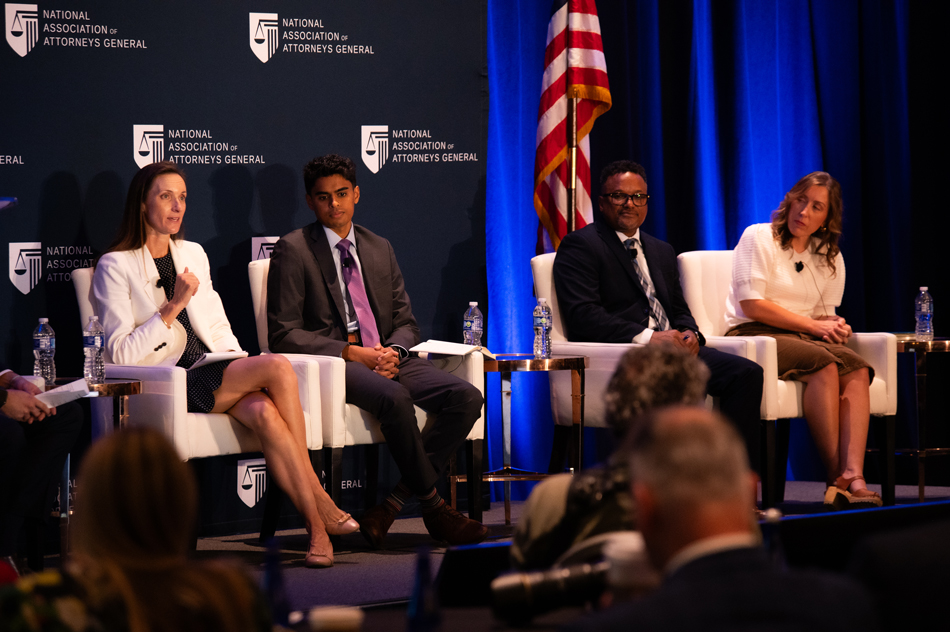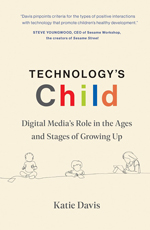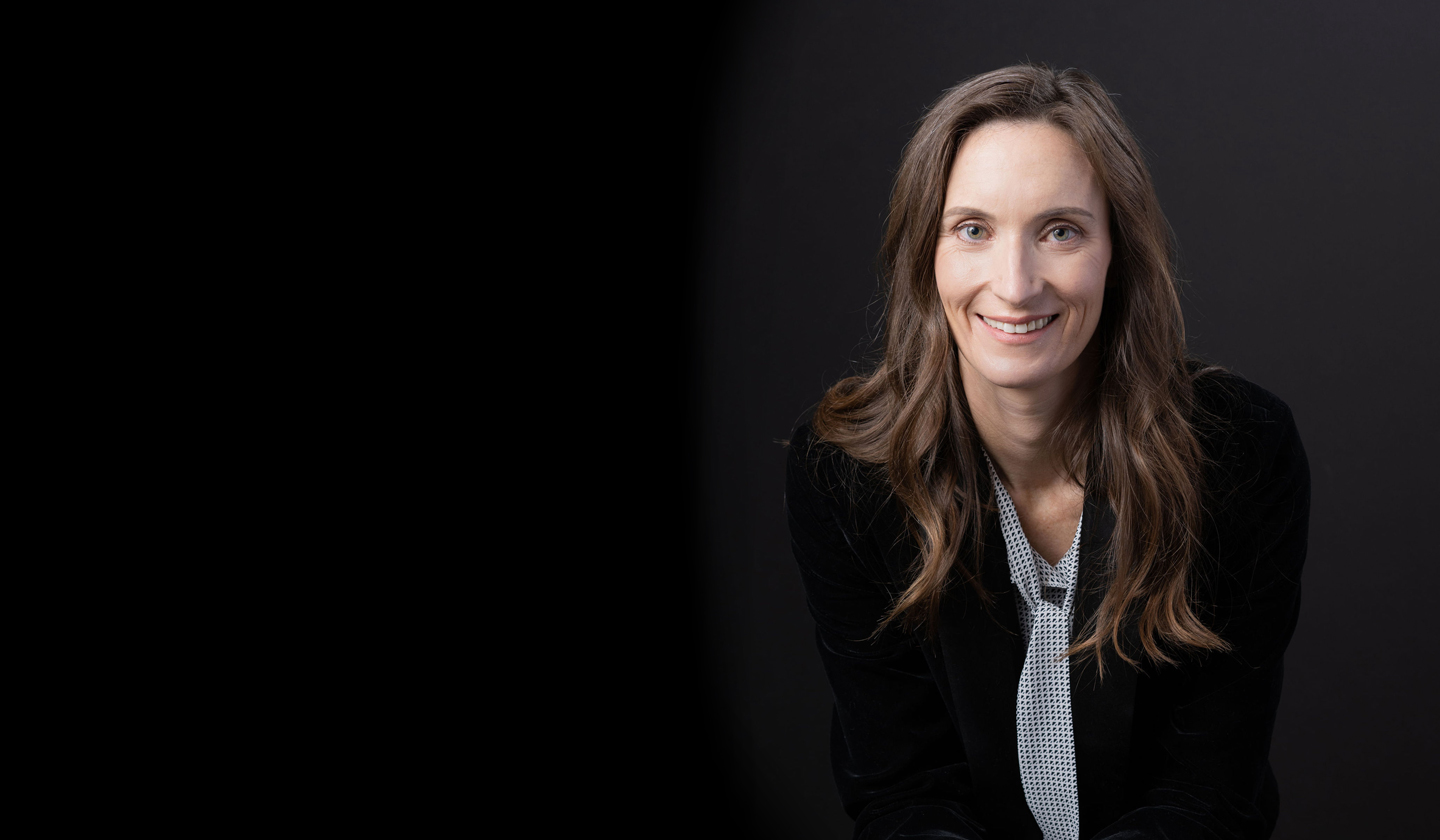To post, or not to post? That is the question.
Or rather, that is one of many questions facing young people, their parents and their teachers in today’s fast-paced digital world.
For educator Melissa Chittenden, who has worked at multiple elementary and middle schools, the list of questions she hears is long: When should young people post online? Which social media sites are suitable? Which apps are safe for young children or teens? How much screen time is OK?
“Families are seeking advice,” Chittenden said. “At every school I’ve worked, everybody is looking at how to navigate this.”
Chittenden’s go-to for advice? The research of Katie Davis, an associate professor at the iSchool.
Instead of discouraging social media or even discussion of it in schools, Davis’s first book, “The App Generation,” focused on what it means to be a digital citizen, Chittenden said. That prompted Chittenden to consider what kind of skills students need to respond to online bullying or to know when and what to post online. She and others put together seminars for parents and faculty and lessons for students about digital citizenship.
“Her work was really revolutionary,”
Chittenden said. “Katie’s work moved people from not responding to responding mindfully.”
Davis, who began her career as an elementary school teacher, started researching young people’s use of technology in 2005. While working on her doctorate at Harvard Graduate School of Education, Davis examined teens’ use of social media, primarily MySpace and Facebook. Her research was used in “The App Generation,” which she co-authored with Howard Gardner, and which also draws on the research of their colleagues on the Good Play Project.
After joining the faculty in the UW iSchool in 2012, Davis began looking into how the design of different technology affects young people. Her most recent book, “Technology’s Child,” advocates for technology companies to change the way they design social media sites, games and applications to consider the well-being of young people.
“There is so much underlying individual blame surrounding this topic,” Davis said. “Teens blame themselves for not being able to control their social media use; parents blame themselves for not knowing what limits to put in place for their children or how to enforce them. But a lot of these challenges are created by the tech companies.”

In “Technology’s Child,” Davis identified several aspects of tech design that have negative effects on teens. “The most popular social media sites are designed to keep people on them,” Davis said. “That’s not ideal.”
Since social media companies make money by selling users’ information to advertisers, their sites employ several “dark patterns” or design features aimed at keeping a user online or prompting them to re-engage with the site or app, she said. These include functions like infinite scroll on social media or notifications from a game or social media site to entice a user to return.
Davis concludes that good child-centered design should be self-directed, allowing young people to set their own pace rather than having technology dictate it.
“The young person should feel like they are in the driver’s seat,” Davis said.
The other key component of child-centered design is community-supported, which involves the broader contexts of youth’s digital experiences. These may include support from parents, teachers, older siblings and peers.
These two elements of child-centric tech design — self-directed and community-supported — can be beacons for both parents and teachers as they try to support young people’s positive digital experiences.
“There isn’t one set of rules for this that will apply to all kids,” Davis said. “There are individual factors, social factors and design or technology factors at play.”
Davis explains that her research explores those factors and their effects on youth’s digital experiences by using a variety of methods, including interviews, surveys, focus groups and ecological momentary assessments (EMAs). With EMAs, for instance, young participants will receive a notification sometime during their use of a social media site, such as Instagram, and will be asked to answer questions about their experience.
“It’s really important to do this work in collaboration with researchers coming from different backgrounds with different approaches,” Davis said. She works with researchers in the fields of computer science, education and psychology.

One of those collaborators is Lucia Magis-Weinberg, a professor in the UW’s psychology department. Magis-Weinberg was familiar with Davis’s research before joining the UW in 2022 and had incorporated some of Davis’s work from her time at Harvard and Project Zero into her own intervention work with youth beginning in 2019. She notes that Davis was one of the first researchers in the field of education and technology.
“Katie is a pioneer in our field,” Magis-Weinberg said.
Magis-Weinberg has collaborated with Davis on three projects, including co-authoring a chapter in the “Encyclopedia of Adolescence.” They launched a project last year looking into how young people’s emotions are affected by social media. That project included interviewing 70 youths on their social media use and asking them to reflect in daily diary surveys about the granular impact of these platforms on their emotions. Their most recent project together, which began over the summer, is launching the UW Digital Youth Lab Youth Advisory Board, where 10 teens learn about research, give feedback to scientists, and help guide research projects in ways that are meaningful to youth.
“It has been a wonderful opportunity to work together with her,” Magis-Weinberg said. “She has been an incredible mentor to me.”
Magis-Weinberg stated that Davis’ book, “Technology’s Child,” is well-regarded by a wide range of people. She believes Davis is uniquely placed to speak with authority from different roles including that of a researcher, a professor, a mother, and an elementary school teacher, she said.
Magis-Weinberg noted that Davis’s classes fill up quickly and that they frequently feature guest researchers like herself as speakers. “She’s just generally very supportive,” Magis-Weinberg said.
“I feel very grateful to work with her.”
Likewise, educator Chittenden, who currently works as the learning resource specialist at St. Alphonsus Parish School, has reached out to Davis for support and advice at both her present and past schools.
Chittenden suggested that her school principal seek Davis’s expertise when staff members were considering how to partner with families around student technology use and the idea of joining the nationwide “Wait Until 8th” movement, which encourages parents to hold off on giving their children smartphones until after eighth grade.
“Katie is so personable,” Chittenden said, noting that within two weeks of reaching out, Davis met with the principal and donated some of her books as a resource.
Claire Goldsmith is a fan of both the “Wait Until 8th” movement and Davis’s work. Goldsmith works as a consultant for independent schools, non-profit organizations and technology companies. From 2016 until 2022, she served as the executive director of the Malone Schools Online Network and has written about artificial intelligence in education and smartphone policies in opinion pieces for the Wall Street Journal.
As a mother of two, Goldsmith finds that she and Davis are aligned in their approaches as parents with regard to digital use. “As a parent, she has really reinforced for me what’s right and what’s not in my own decision making,” Goldsmith said.
Davis doesn’t offer a one-size fits all solution for how parents should deal with technology and their children. Parents’ decisions about technology should take into consideration the child’s age and social situation. Davis stresses the “good enough” digital parent, who considers the key components of technology but allows for downtime or trial and error.
“Not all technology is wonderful; not all is bad. It’s how it’s used,” Goldsmith said.
Goldsmith appreciates that Davis’s work is nuanced and believes it gives power back to parents as well as educators. Like Davis, Goldsmith emphasizes modeling good habits and behavior with technology in front of children. “It’s important — what kids see and they end up doing,” Goldsmith said.
In her consulting work, Goldsmith has referenced Davis’s work while encouraging change by tech companies. She sees a need for legislation to force companies to consider children’s well-being in their designs.
Davis notes there has been legislation aimed to make tech companies keep children’s safety in mind. Social media companies like YouTube have introduced privacy settings for individuals under 18. Instagram introduced its “screen smart” initiative and, more recently, Teen Accounts; and others have added parental control functions.
“There are a lot of people who are trying to do good,” Davis said.
She indicates the measures don’t go far enough, reporting that parental control settings on some apps and sites are difficult to find and cumbersome to use.
“Legislation is absolutely needed to compel companies to really consider young people’s well-being when designing,” Davis said. Otherwise, tech companies are financially motivated to continue their efforts to keep young people on their sites as long as possible.
Davis states that whatever policy that legislators come up with needs to be evidence-based. “There’s a lot of fear and concern behind knee-jerk policies,” she said.
Davis is doing her part to prevent that by speaking at recent state and national conferences of attorneys general to provide her research and knowledge, similar to what she has done with schools like Chittenden’s.
“The thing that makes Katie’s work different is the acknowledgment that we have a responsibility to help kids be online,” Chittenden said. “We have to show them how to do it.”
